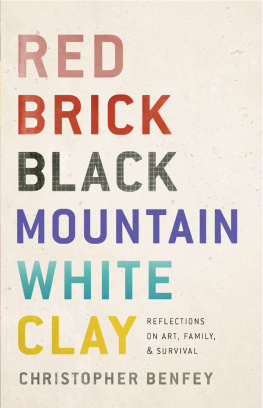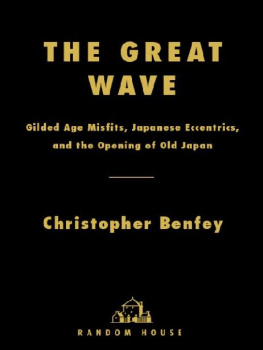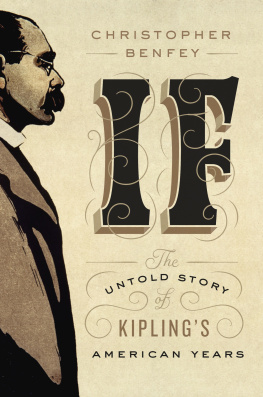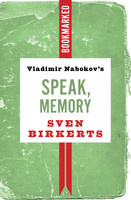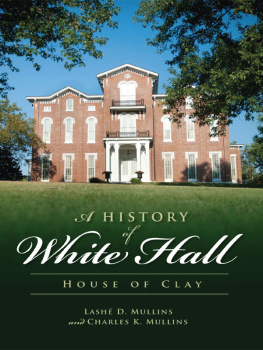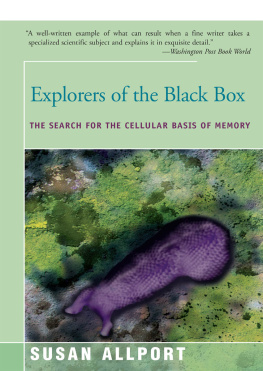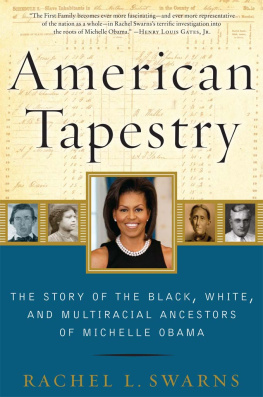Christopher Benfey - Red Brick, Black Mountain, White Clay: Reflections on Art, Family, and Survival
Here you can read online Christopher Benfey - Red Brick, Black Mountain, White Clay: Reflections on Art, Family, and Survival full text of the book (entire story) in english for free. Download pdf and epub, get meaning, cover and reviews about this ebook. year: 2012, publisher: Penguin Press HC, The, genre: Non-fiction. Description of the work, (preface) as well as reviews are available. Best literature library LitArk.com created for fans of good reading and offers a wide selection of genres:
Romance novel
Science fiction
Adventure
Detective
Science
History
Home and family
Prose
Art
Politics
Computer
Non-fiction
Religion
Business
Children
Humor
Choose a favorite category and find really read worthwhile books. Enjoy immersion in the world of imagination, feel the emotions of the characters or learn something new for yourself, make an fascinating discovery.
- Book:Red Brick, Black Mountain, White Clay: Reflections on Art, Family, and Survival
- Author:
- Publisher:Penguin Press HC, The
- Genre:
- Year:2012
- Rating:3 / 5
- Favourites:Add to favourites
- Your mark:
Red Brick, Black Mountain, White Clay: Reflections on Art, Family, and Survival: summary, description and annotation
We offer to read an annotation, description, summary or preface (depends on what the author of the book "Red Brick, Black Mountain, White Clay: Reflections on Art, Family, and Survival" wrote himself). If you haven't found the necessary information about the book — write in the comments, we will try to find it.
Beautiful, haunted, evocative and so open to where memory takes you. I kept thinking that this is the book that I have waited for: where objects, and poetry intertwine. Just wonderful and completely sui generis. (Edmund de Waal, author of The Hare with Amber Eyes)
An unforgettable voyage across the reaches of America and the depths of memory, Red Brick, Black Mountain, White Clay follows one incredible family to discover a unique craft tradition grounded in Americas vast natural landscape. Looking back through the generations, renowned critic Christopher Benfey unearths an ancestry--and an aesthetic--that is quintessentially American. His mother descends from colonial explorers and Quaker craftsmen, who carved new arts from the trackless wilds of the frontier. Benfeys father escaped from Nazi Europe--along with his aunt and uncle, the famed Bauhaus artists Josef and Anni Albers--by fleeing across the Atlantic and finding an eventual haven in the American South.
Bricks form the backbone of life in North Carolinas rural Piedmont, where Benfeys mother was raised among centuries-old folk potteries, tobacco farms, and clay pits. Her father, like his father before him, believed in the deep honesty of brick, that men might build good lives with the bricks they laid. Nurtured in this red-clay world of ancient craft and Quaker radicalism, Benfeys mother was poised to set out from home when a tragic romance cracked her young life in two. Salvaging the broken shards of his mothers past and exploring the revitalized folk arts resisting industrialization, Benfey discovers a world brimming with possibility and creativity.
Benfeys father had no such foundation in his young life, nor did his aunt and uncle. Exiled artists from Berlins Bauhaus school, Josef and Anni Albers were offered sanctuary not far from the Piedmont at Black Mountain College. A radical experiment in unifying education and art, Black Mountain made a monumental impact on American culture under Josefs leadership, counting Robert Rauschenberg, John Cage, and Buckminster Fuller among its influential students and teachers. Focusing on the natural world, innovative craftsmanship, and the physical reality of materials, Black Mountain became a home and symbol for an emerging vision of American art.
Threading these stories together into a radiant and mesmerizing harmony, Red Brick, Black Mountain, White Clay is an extraordinary quest to the heart of America and the origins of its art.
Christopher Benfey: author's other books
Who wrote Red Brick, Black Mountain, White Clay: Reflections on Art, Family, and Survival? Find out the surname, the name of the author of the book and a list of all author's works by series.

